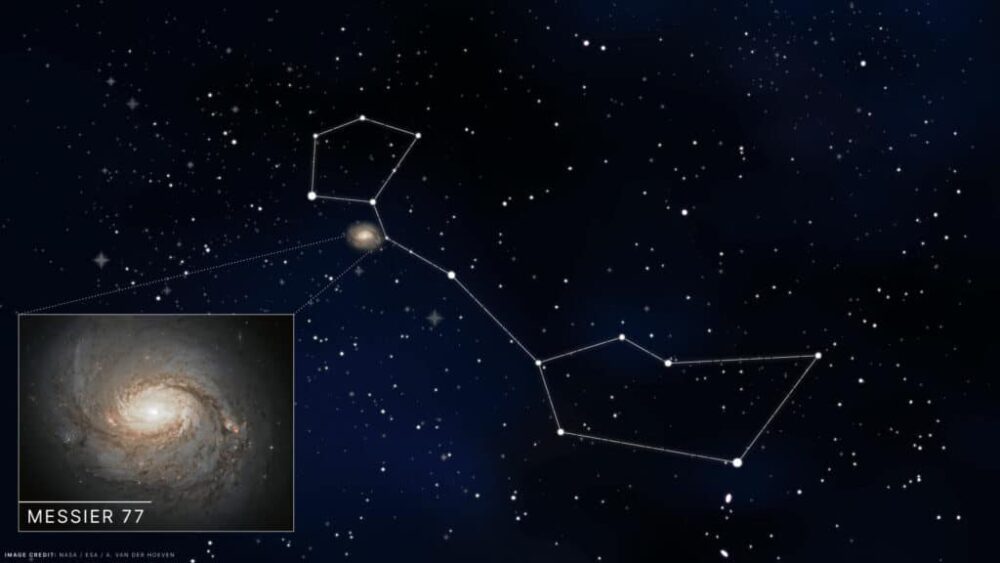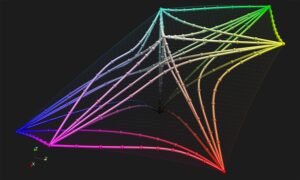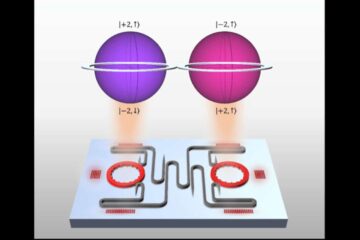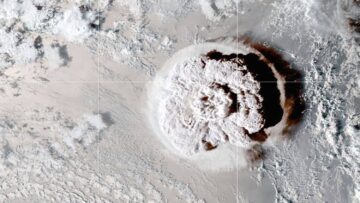An international team of scientists has found evidence of high-energy neutrino emission from an active galaxy for the first time. The discovery was made at the IceCube Neutrino Observatory, a giant neutrino observatory financed by the National Science Foundation that spans 1 billion tonnes of instrumented ice 1.5 to 2.5 kilometers below the surface of Antarctica near the South Pole.
The team found evidence of neutrino emission from NGC 1068, also known as Messier 77, an active galaxy in the constellation Cetus. Located almost 47 million light-years away from Earth, the galaxy can be observed with large binoculars.
Francis Halzen, a professor of physics at the University of Wisconsin–Madison and principal investigator of IceCube, said, “One neutrino can single out a source. But only observation with multiple neutrinos will reveal the obscured core of the most energetic cosmic objects. IceCube has accumulated some 80 neutrinos of teraelectronvolt energy from NGC 1068, which are not yet enough to answer all our questions. Still, they are the next big step towards the realization of neutrino astronomy.”
Unlike light, neutrinos may escape from the universe‘s most dense surroundings in vast quantities, and they can do so while mostly avoiding interference from matter and the electromagnetic fields that permeate interstellar space. Although scientists have envisioned neutrino astronomy for more than 60 years, it is extremely challenging to detect neutrinos due to their weak interaction with matter and radiation. Neutrinos may best answer our questions regarding the operation of the most extreme objects in the cosmos.
Denise Caldwell, director of NSF’s Physics Division, said, “Answering these far-reaching questions about the universe that we live in is a primary focus of the U.S. National Science Foundation.”

NGC 1068 is a barred spiral galaxy. It has loosely wound arms and a relatively small central bulge. Most of the radiation in the galaxy is produced by material falling into a black hole millions of times more massive than our Sun.
Hans Niederhausen, a postdoctoral associate at Michigan State University and one of the main analyzers of the paper, said, “Recent models of the black hole environments in these objects suggest that gas, dust, and radiation should block the gamma rays that would otherwise accompany the neutrinos. This neutrino detection from the core of NGC 1068 will improve our understanding of the environments around supermassive black holes.”
Theo Glauch, a postdoctoral associate at the Technical University of Munich (TUM) in Germany, said, “NGC 1068 could become a standard candle for future neutrino telescopes. It is already a very well-studied object for astronomers, and neutrinos will allow us to see this galaxy differently. A new view will certainly bring new insights.”
Ignacio Taboada, a physics professor at the Georgia Institute of Technology and the spokesperson of the IceCube Collaboration, said, “These findings represent a significant improvement on a prior study on NGC 1068 published in 2020. Part of this improvement came from enhanced techniques and a careful update of the detector calibration.”
“Work by the detector operations and calibrations teams enabled better neutrino directional reconstructions to precisely pinpoint NGC 1068 and enable this observation. Resolving this source was made possible through enhanced techniques and refined calibrations, an outcome of the IceCube Collaboration’s hard work.”
The improved analysis points the way toward superior neutrino observatories already in the works.
Elisa Resconi, a professor of physics at TUM and another main analyzer, said, “The unveiling of the obscured universe has just started, and neutrinos are set to lead a new era of discovery in astronomy.”
Journal Reference:
- ICECUBE Collaboration et al. Evidence for neutrino emission from the nearby active galaxy NGC 1068. Science. DOI: 10.1126/science.abg3395













